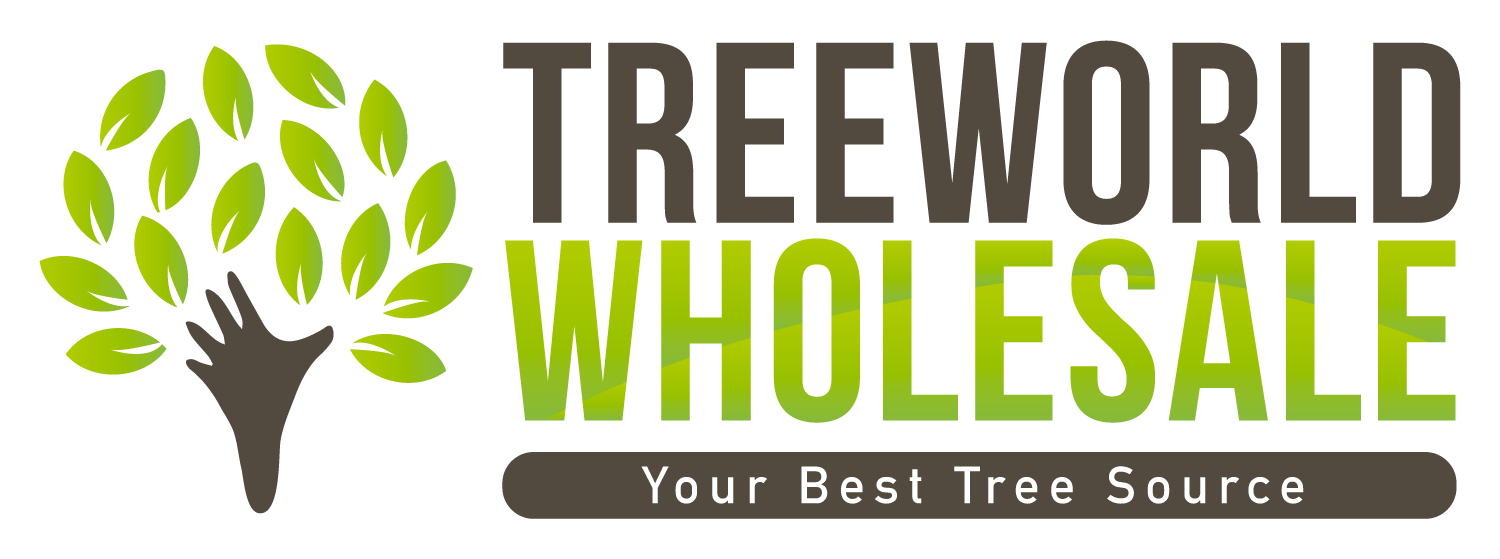Mulch and trees, that is the question. As every gardener must, at some time, face the question: “to mulch or not to mulch?”. The general definition of mulching is the addition of a thin layer of material, most often organic, to the soil surface.
Benefits of Mulching
The benefits of mulching are to reduce soil moisture loss, block weed growth, reduce soil temperature, slow surface runoff, improve soil fertility; and enhance the visual appearance of an area. The most common type of commercial mulch is 100 % organic and is a by- product of saw mills; consisting partially by barks in decomposition, wood chips and sawdust.
Recommendations: Mulch and Trees
Although, tree pruning and removal in urban areas is another source of this type of mulching material. Many times a gardener prefers to use other types of organic mulch; including leaves, grass clippings, straw, hay and composted vegetable waste. These types of mulch enhance soil fertility, but are messy to handle, may be smelly; hence not very attractive in an ornamental garden.
The reasons for mulching vary. If weeds are a serious problem, the common recommendation is that an area to be mulched has to be cover up with black polyethylene sheets for several months to kill the weeds. The sheets need to be tie down to the soil to prevent movement. After removal of the polyethylene, mulch can be set down and will be more effective in weed control. Digging out weeds manually before mulching is also effective.
Organic Mulch For Trees
The decomposition of organic mulch continues once the application; mostly at a thickness of about 2 inches. Although it reduces in volume and it incorporates into the soil providing organic matter and soil nutrients; available to trees, shrubs and herbs. Mulch decomposition with the aid of organisms produces some heat and releases carbon dioxide, methane and other gasses; giving off an earthy odor which is not objectionable. Reapplication of mulch is necessary about once a year.
Calculating Mulch
Calculating the amount of mulch one needs is simple mathematics. For example, if you have a bed that is 6 x 3 feet, and want to add 2 inches of mulch. Convert the feet dimensions to inches and multiple the three figures together to obtain cubic inches. Thus: 72 x 36 x 2 = 5,184 cubic inches; then dividing by 1,728 (the number of inches in one cubic foot tells you it is 3 cubic feet. Or, you can use an on-line mulch calculator such as the one found at: Landscape Calculator. Having in mind that organic mulch is commonly sold in bags containing 2 cubic feet.
Mulch labels may indicate the main source of the material such as cypress, or that they are died black, brown, red or other colors. The dyes are benign and not harmful to humans, pets or the environment. Color mulch is commonly to accent the plants that its are associated with.
There is general consensus among nurserymen and gardeners that organic mulching is beneficial to tree root growth and to the tree itself; and to other plants, as well. Use of plastic mulch or mulches containing non-biodegradable materials has the disadvantage that they need to be removed and when their effective life is over disposed of. Using organic mulch avoids that problem.
For any further requests or more information contact us at TreeWorld Wholesale!
Read also: 8 facts about trees.




Post a comment